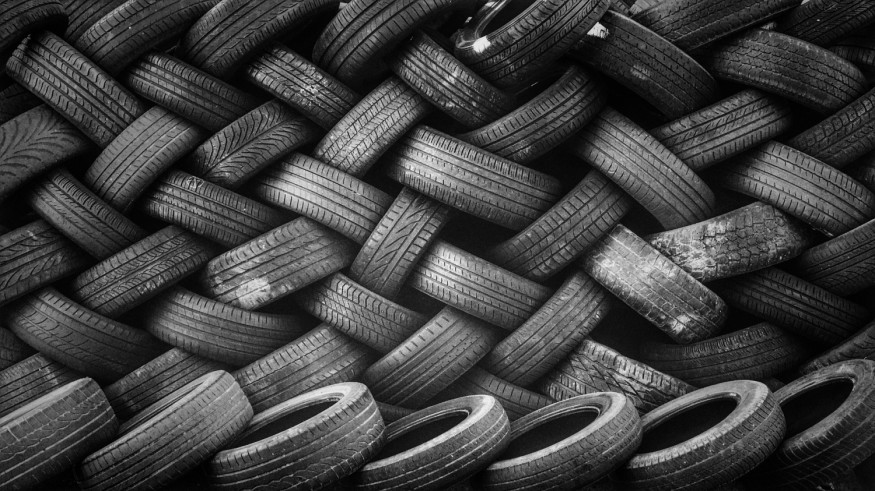
Another investigation has discovered that vehicle tires delivered multiple times more microplastics than those created by washing polyester garments or microbeads contained in small items.
The investigation made by the San Francisco Estuary Institute and The Aquatic Science Center noted that tires shed tiny plastic particles that accumulate on road surfaces and are then washed out by the rain.
In the study, researchers created an inventory to recognize every microplastics present in San Francisco Bay. They investigated several samples from the stormwater, surface water, wastewater, sediments, and fishes. They followed the inceptions of every particle afterward.
Researchers likewise noticed that small tiny particles coming from the tires are 300 times much greater than accumulated microfibers from polyester garments, microbeads from beauty items, and the numerous different plastics washed down to sinks and sewers.
In addition, more than 90 million pieces of microparticles are consistently flushed out into the sea through the eight wastewater treatment plants in the Bay Area that were examined during the study.
The study likewise found that numerous microplastics are indeed flushed down and accumulated on the ocean floor and that the concentration of microparticles are located in the areas with tremendous volumes of wastewater and stormwater discharges.
Researchers were likewise shocked by the sheer measure of particles originating from stormwater spillover, just as the "black rubbery pieces" that made up practically 50% of the particles gathered from the samples.
"No one had looked at all the water rushing off the streets during rainfall events to see whether that had plastics in it," said Estuary Institute scientist Rebecca Sutton, the lead author of the study.
Mark Gold, who heads the state's Ocean Protection Council and was recently appointed as the state's appointee secretary for sea and waterfront strategy, told LA Times he was astonished that vehicle tire particles were such a great source.
"I'm so used to thinking of the toxics that comes from urban runoff and not the actual physical particles from something like tire dust," said Gold, who has worked for 30 years on cleaning California's beaches and oceans from toxic chemicals.
The degree and size of this issue, according to Gold, may cause the public to understand that this is something that is unquestionably worth pondering upon.
Microplastics in the sea have consistently multiplied in volume since the 1940s, as per Jennifer Brandon, a biologist specializing in microplastics at the University of California-San Diego.
She told the LA Times that human beings are using plastic-based products increasingly, and it would eventually leave a mark on the ocean floor.
Encouraging the public to reduce vehicle dependency is more challenging than calling on consumers to reduce the use of plastic straws and boycott microbeads, the researchers said.
"The response to a considerable lot of these stormwater stores is ... considering open travel, getting individuals out of their vehicles - every one of the things that we have to do in any case [is] simply exacerbated by this issue," Jared Blumenfeld, who heads the California Environmental Protection Agency, told the LA Times.
The researchers underscored that public awareness and scientific studies need to focus beyond merely the plastic superficially drifting on the ocean.
© 2025 NatureWorldNews.com All rights reserved. Do not reproduce without permission.





